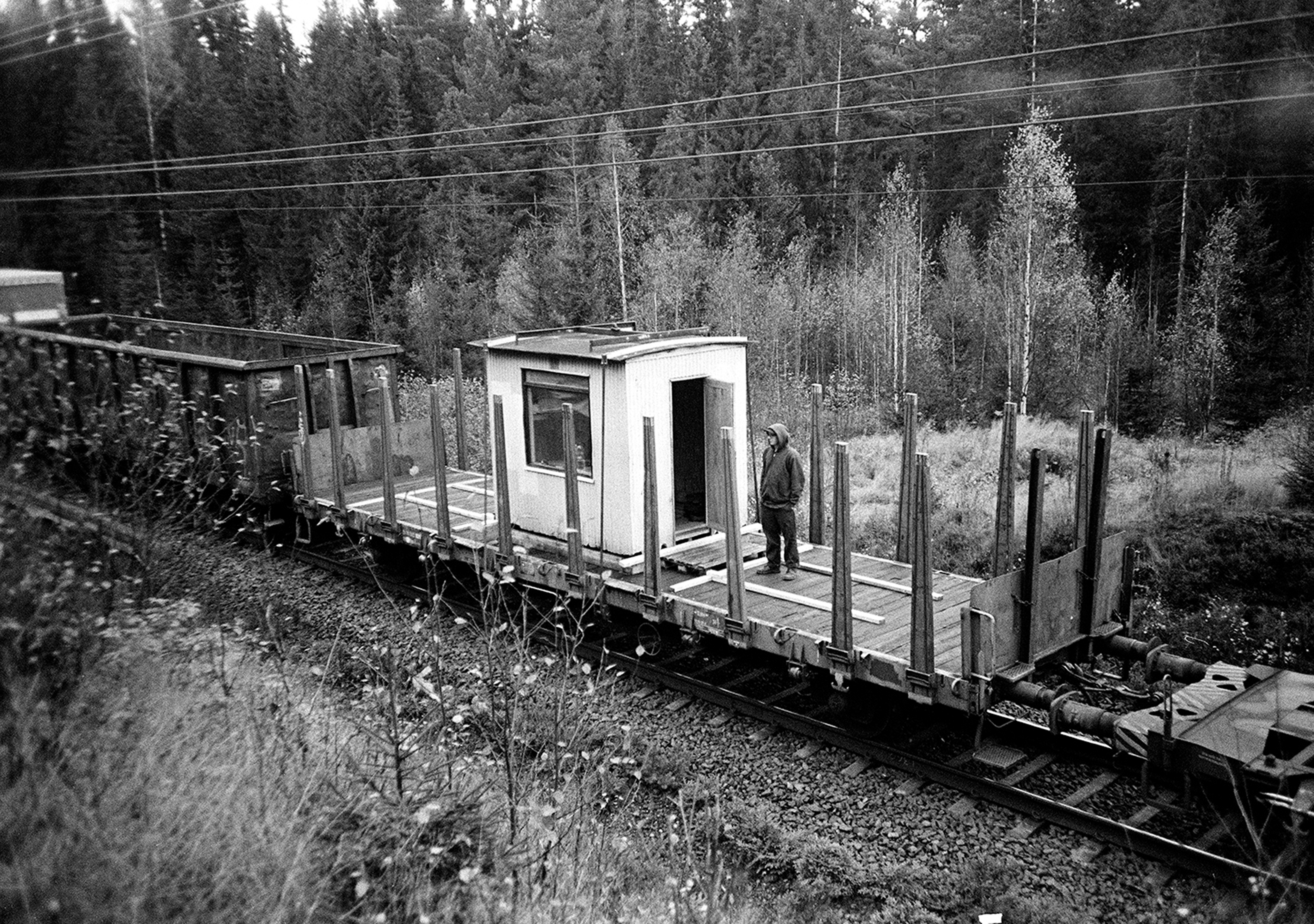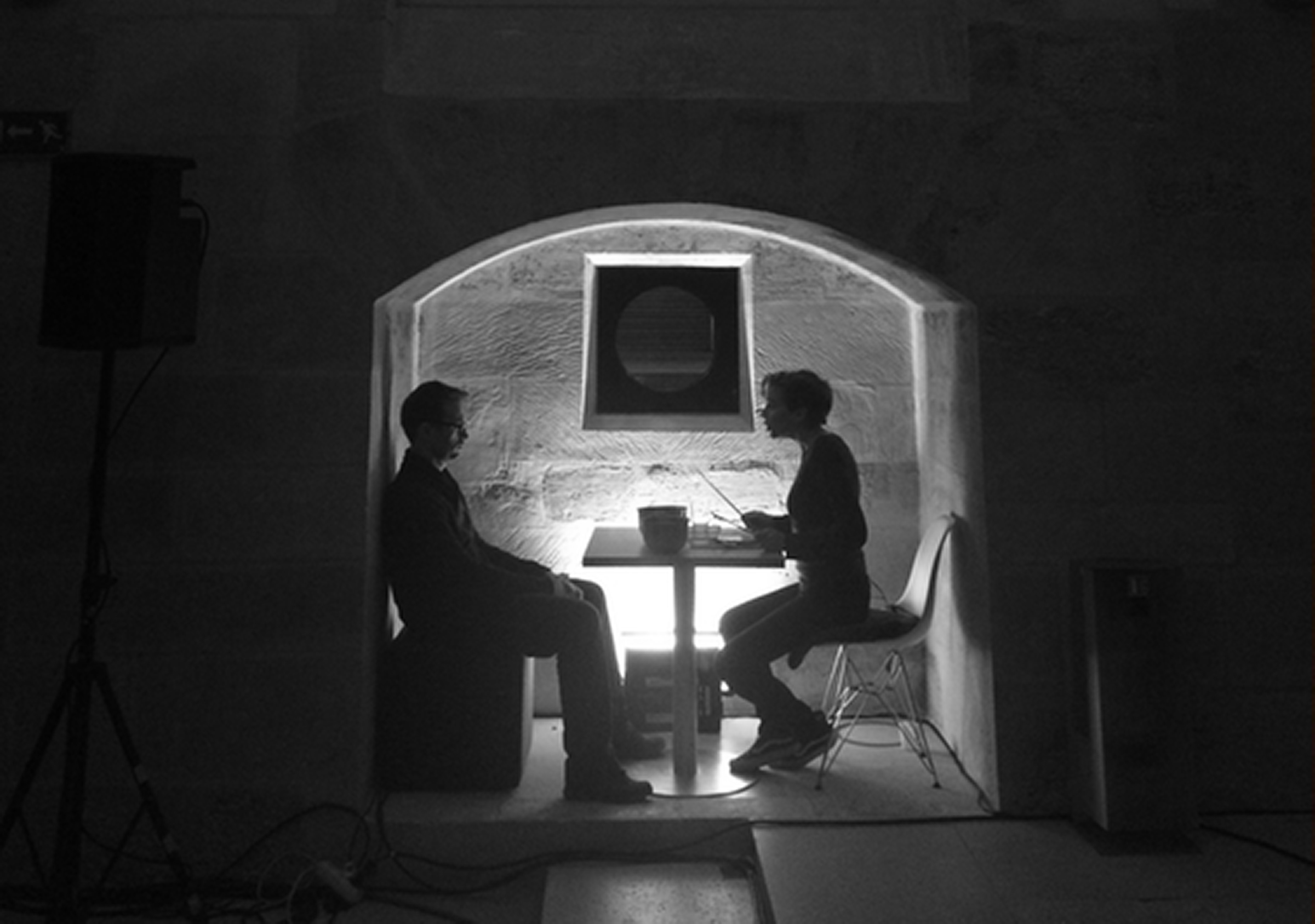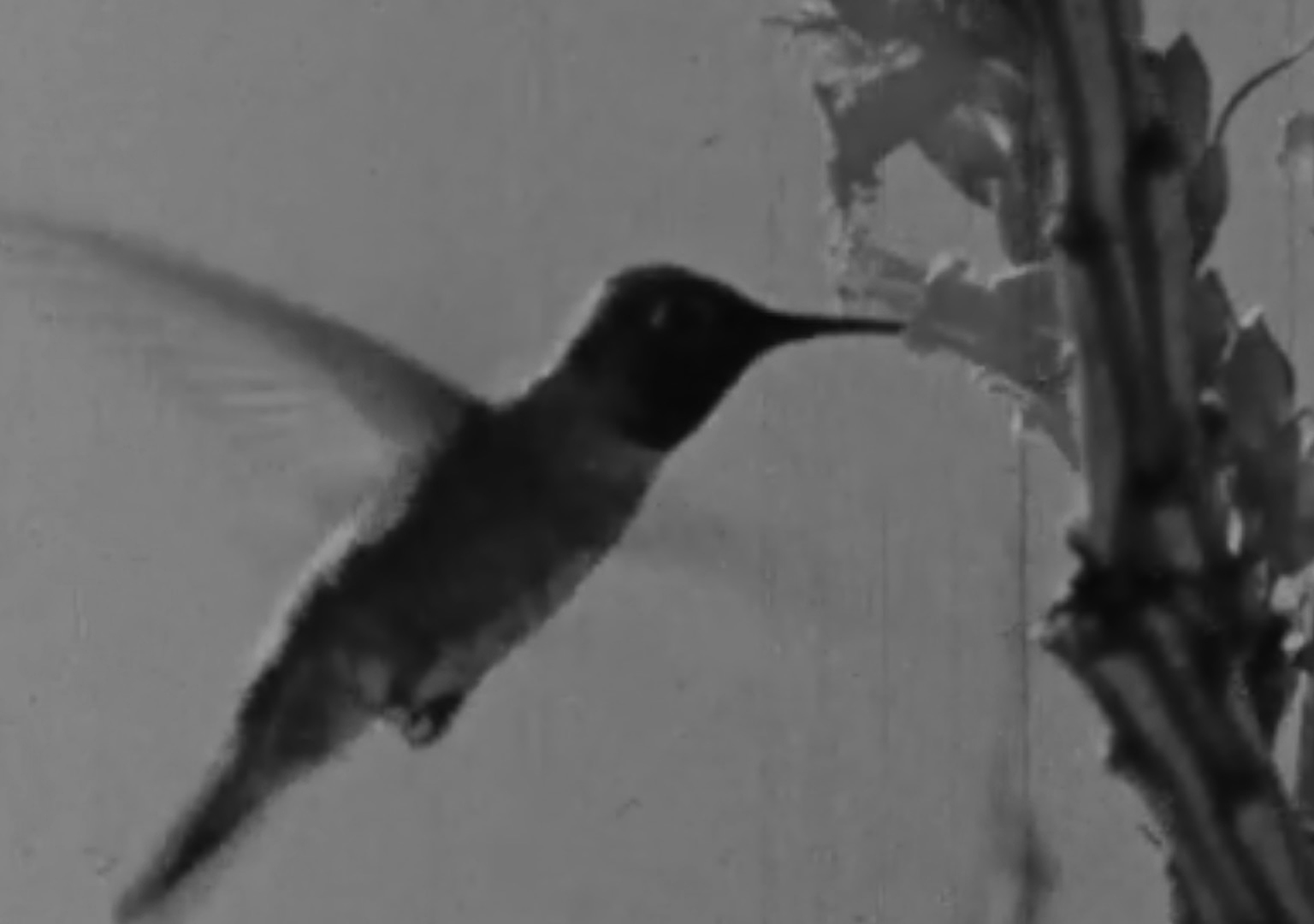The term exposition has not a lengthy history, whether in a research context or in the visual arts. The scenic, technical and visual connotations of the term relate to explanation, exhibition, to instructive comments, to openly presenting something – to bringing it into the light. We can think about the camera’s exposure time or about how exposition in theatre or film is the component that provides the background for the characters that is necessary for the narrative. It is interesting that street artist and the artistic researcher Adam Kraft, in this context, has created an exposition for the first issue of VIS. All of Adam Kraft’s more than 15 years of achievement are about accessing spaces in the urban and public environment that are hidden and presumed to be inaccessible – places that the artist explores and, in various ways, inhabit and leaves expressions on, both as a marker of its potential and, in the tradition of graffiti, to make his mark. This intrusion into, and renegotiation of, closed-off public physical spaces has an political significance, dealing ultimately with a deconstruction of the actual ability to imagine – “de-imagineering”, as Kraft says, in which the imagination’s conceptual material is changed and expanded. “The right to the city” acquires a new importance in this exposition of the expeditions to places that we are not expected to be exposed to. This potentially paradoxical openness, this display, also contains the literal methodological toolboxes that have been developed in Kraft’s work in a kind of “best practice” spirit. Adams Kraft’s contribution points to a potential that lies in research on an artistic basis: we are able to obtain a degree of access to the reverse side of the city and to its potential, and we can even share some methods, motives and utopias for this access.
Magnus Bärtås, Editorial committee
Biography
Adam Kraft is a PhD student at the Doctoral Programme Art, Technology and Design at Konstfack and KTH.
Abstract: In my work I experiment with ‘de-imagineering’ and intervening into the ‘urban commons,’ through practices of altering and re-purposing existing structures. The work is both informal and transgressive in its methodology, with the core intention to investigate and participate in the shaping and making of the city. Art and research can provide keys to accessing such a city in the making; a space where we can challenge the preconceptions of what is possible, and to imagine alternative strategies for the creation of realities. As the concept of ‘imagineering’ suggests; it is imagination-engineering possibilities to hypothetically look behind reality and shape it. Furthermore, I wish to specify ‘imagination,’ as the thought material that potential realities are made from. As the term ‘imagineering’ is heavily connected to its use in the creative economy, I suggest the wordplay of ‘de-imagineering’ (the deconstruction of imagination). I argue that the production of imagination is fundamental for the change of current conditions and should as such be re-appropriated. In this sense it’s an anarchist posture; it denounces everything that cuts us off from and diminishes our own power to act.
Not only imagination is held in the deposit and account holdings of corporate and commercial actors, but so are many of the tactics that are designed to contest this hegemony. Counter culture is continuously being transformed to fit as capitalism’s sanitizing tool in “redeveloping” cities, co-opted and instrumentalized in processes of gentrification. In my work this manifests the ethical issue of having a practice that risks to end up fueling the dominant system in opposition. A phenomenon that the Situationists referred to as Récuperation; “the activity of society as it attempts to obtain possession of what negates it,” or one could say: how strategies of resistance towards ‘the spectacle’ ends up being a vital part of it.
Based on this knowledge I’m researching which transgressive strategies, evasive yet present, could be practiced under the Lefebvrian concept of the ‘Right to the City.’ How could they be constructed, performed and shared?




